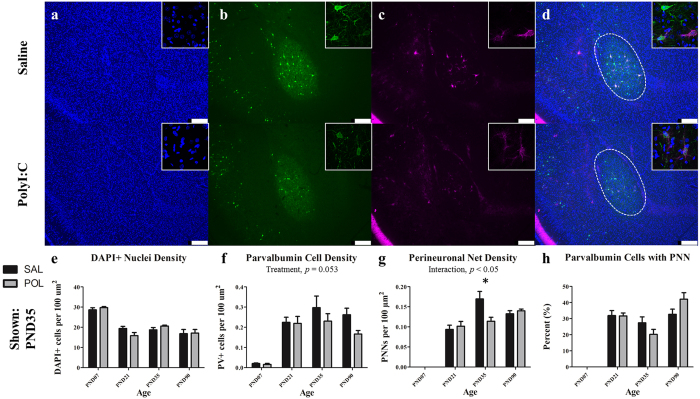Figure 4. The amygdala has deficits in PNNs that emerge during adolescence (PND35).
Panels show DAPI (a), PV+ cells (b), PNNs ((c); stained with WFA) from representative rats at PND90. Across both conditions the total number of DAPI labelled nuclei decreased from infancy to childhood before plateauing (main effect of Age, p < 0.0001). PV+ interneurons increased from PND7 to PND35 before declining at PND90 (main effect of Age, p < 0.0001). There was an effect of reduced PV cell density across development, however this did not reach statistical significance (main effect of Treatment, p = 0.053). The number of perineuronal nets increased throughout postnatal development until PND35 (main effect of Age, p < 0.0001; Age × Treatment, p < 0.01). Within the PND35 cohort, there was a significant reduction in PNN density in polyI:C treated animals (p < 0.001). The percentage of PV cells surrounded by a PNN varied throughout development by cohort (main effect of Age, p < 0.0001). Insets are representative images from each condition. Scale bar represents 250 μm. *p < 0.001.

